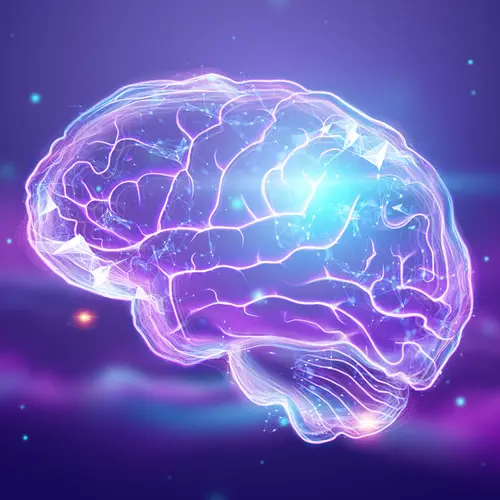Dravet syndrome is a type of epilepsy that starts during a child's first year. If your child has this condition, they might have seizures that last for several minutes at a time.
In their first few years of life, children may appear to develop just like other kids their age. But as they get more seizures, they'll start to have problems with learning, development, and behavior.
If your child gets a diagnosis of Dravet syndrome, learn as much as you can about the condition and how to manage the complications that go with it. A physical, occupational, and speech therapist can help children manage many symptoms.
Reach out to family and friends to get the emotional support you need as you raise a child with Dravet syndrome. And think about joining support groups that can put you in touch with other families who know exactly what you're going through.
Seizures
Seizures are the main feature of Dravet syndrome. Your child might have ones that last for 5 minutes or more at a time.
Most kids with Dravet syndrome will have their first seizure by age 1. There are a few types of seizures, and they affect children at different ages.
The first seizure your infant gets is usually "tonic-clonic" or "hemiclonic."
Tonic-clonic seizures start on both sides of your child's brain. During these seizures, the child's muscles become stiff, their body jerks, and they may pass out.
If your child has a hemiclonic seizure, it happens on only one side of their brain. It causes one side of your child's body to jerk.
Some children will have a type of seizure called "myoclonic" by age 2. These involve quick, jerk-like movements of a single group of muscles.
Another type, called "status epilepticus," is a very serious and prolonged type of seizure in young children with Dravet syndrome. It's life-threatening and needs emergency medical care.
As your child grows older, they won't get severe seizures like status epilepticus as often. Older children and adults may instead have a type of seizure in which they stare into space or they become unaware of the world around them.
Developmental Delays
Children with Dravet syndrome may seem normal in their first year, or until they have their first seizure. But by the second year, their mental function will start to decline. That decline can continue for a few years.
All children with Dravet syndrome have some kind of mental delay. In some children, the delays are mild. Others have more severe and noticeable development issues.
Your child might have trouble with:
- Memory
- Attention
- Executive functions such as planning and remembering instructions
Children will continue to lose mental skills until about age 6. Then their development will stabilize as they learn to adapt to the changes.
Behavior Problems
It's common for kids with Dravet syndrome to have behavior problems. Your youngster may have symptoms similar to autism or attention deficit hyperactivity disorder (ADHD), such as:
- Hyperactivity
- Trouble paying attention
- Crankiness
- Aggressiveness
- Opposition
The symptoms can change as your child grows. For example, kids may be hyperactive in their first few years, and then slow down when they get older.
Movement and Balance Issues
Your child may have changes in their legs, hips, and muscles that make it harder for them to move and walk.
Their hips and knees may bend more than usual, causing them to crouch when they walk. The ball of their hip may not fit deeply enough into the socket, making it more likely for the hip to pop out of place, a problem called hip dysplasia.
It's also common for kids with Dravet syndrome to have abnormally shaped feet, inward twisting of the shinbones, and a curved spine called scoliosis.
Dravet syndrome can also cause problems such as:
- Weak muscles
- Jerky muscle spasms
- Shaking
- Poor coordination or clumsiness that can make children look like they are drunk
- Shuffling movements
- Problems with fine motor skills needed to write or pick up a small object
Delayed Speech and Language Problems
To speak clearly, you need coordination of the muscles that control the lips, tongue, and breath. Your child may have weakness in these muscles that can make it harder for them to speak clearly. In some children, the problem is mild. Others are harder to understand.
Kids with this condition may:
- Not pronounce words clearly
- Have a nasal or breathy voice
- Have an abnormal rhythm to their speech
These kids may also have more trouble understanding when people talk to them, and using language to express themselves.

